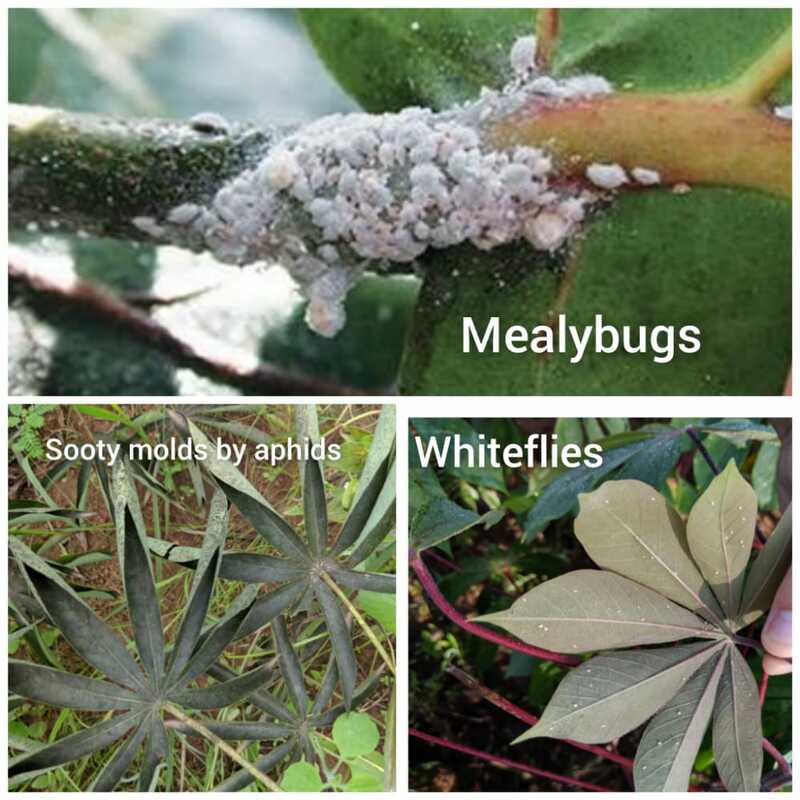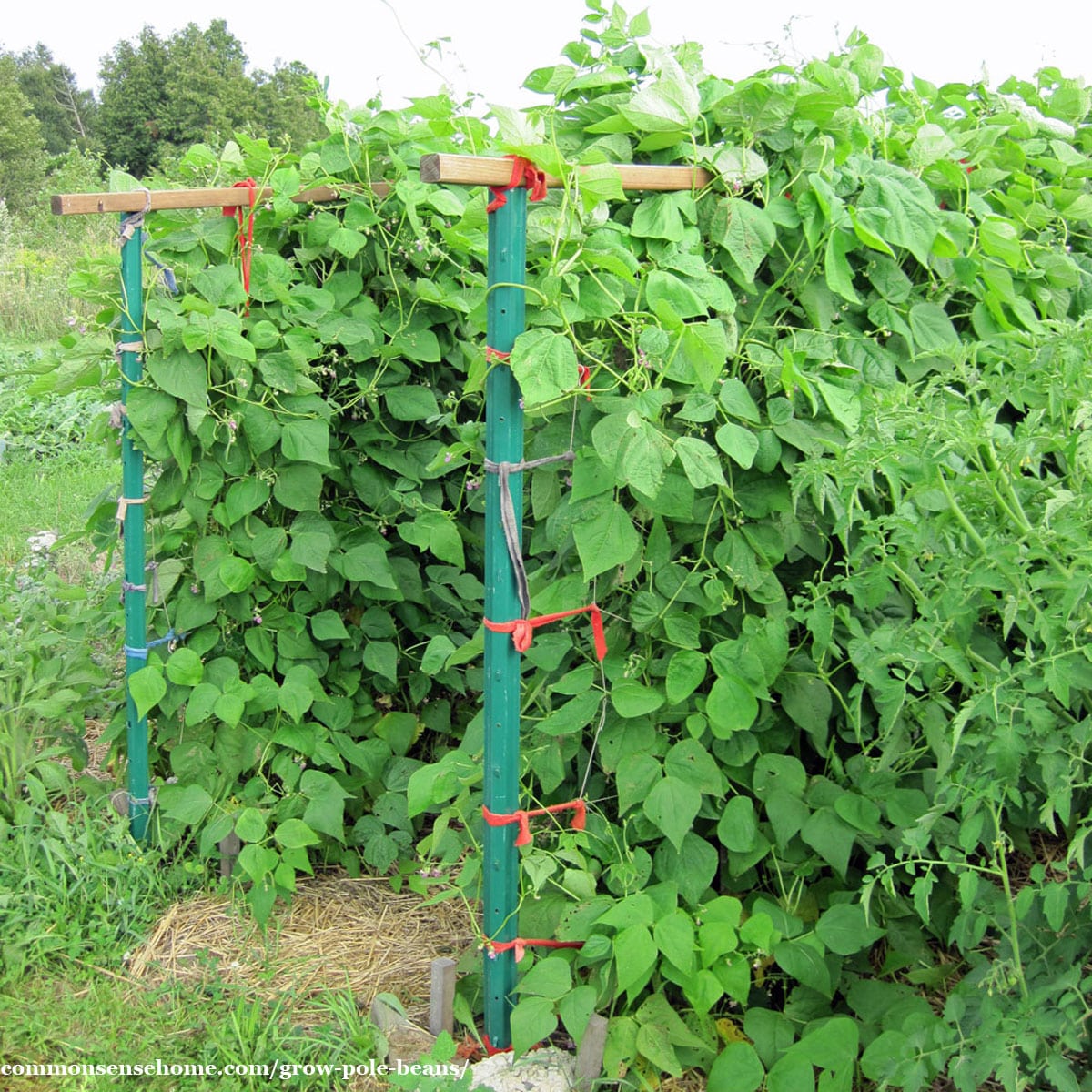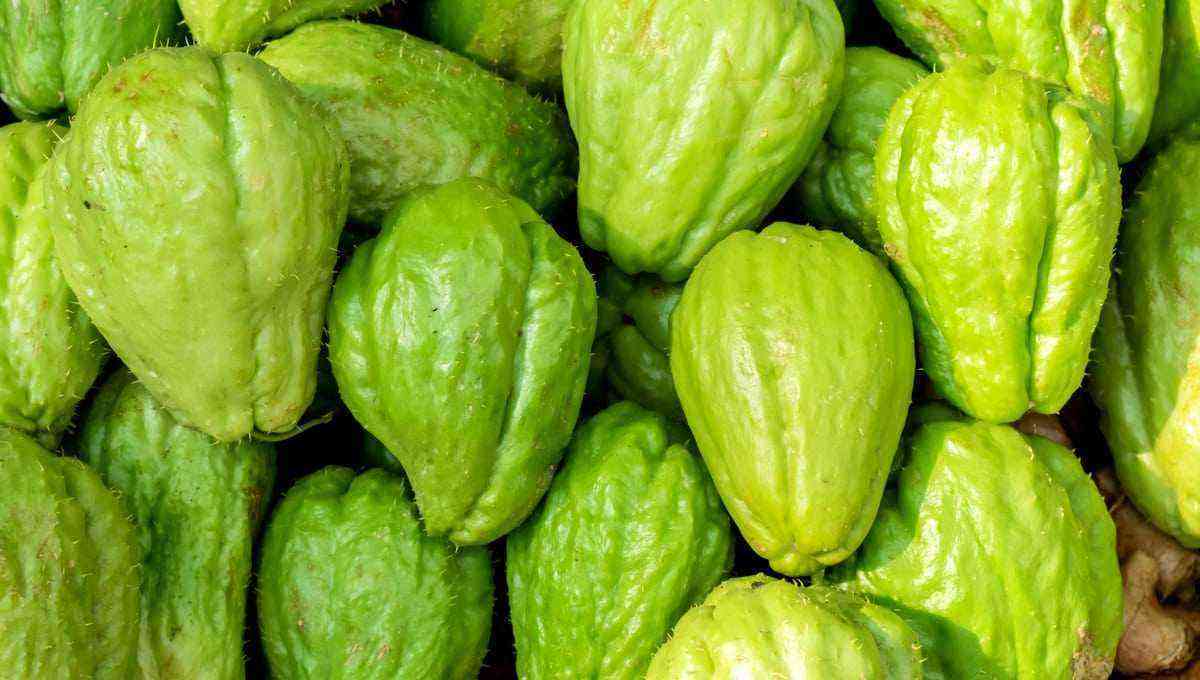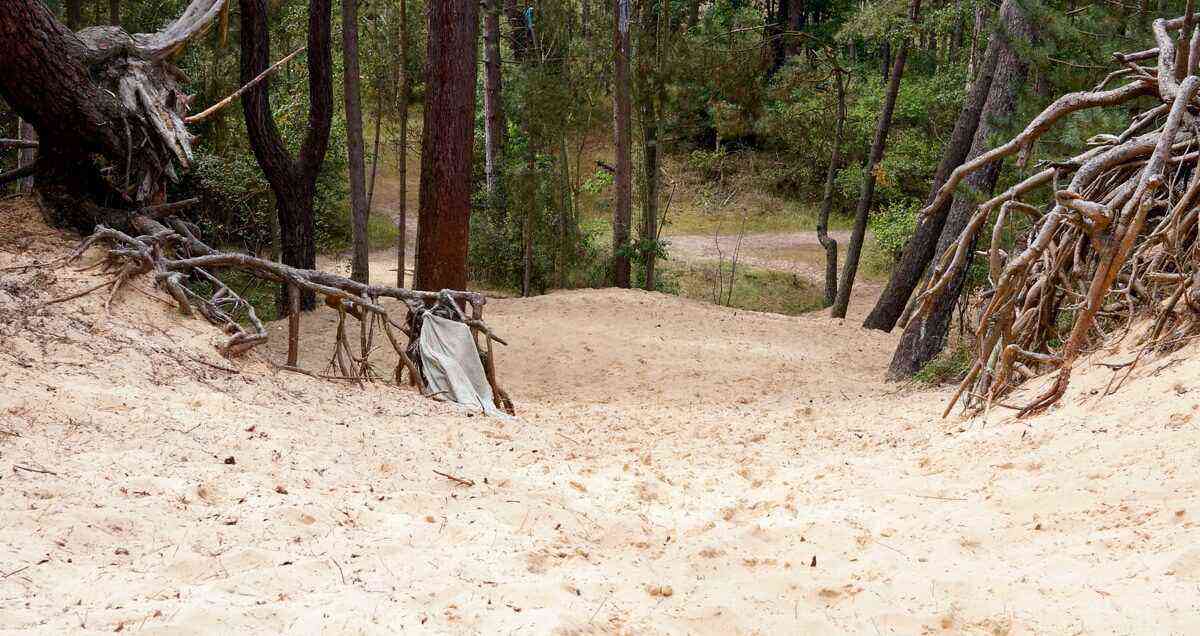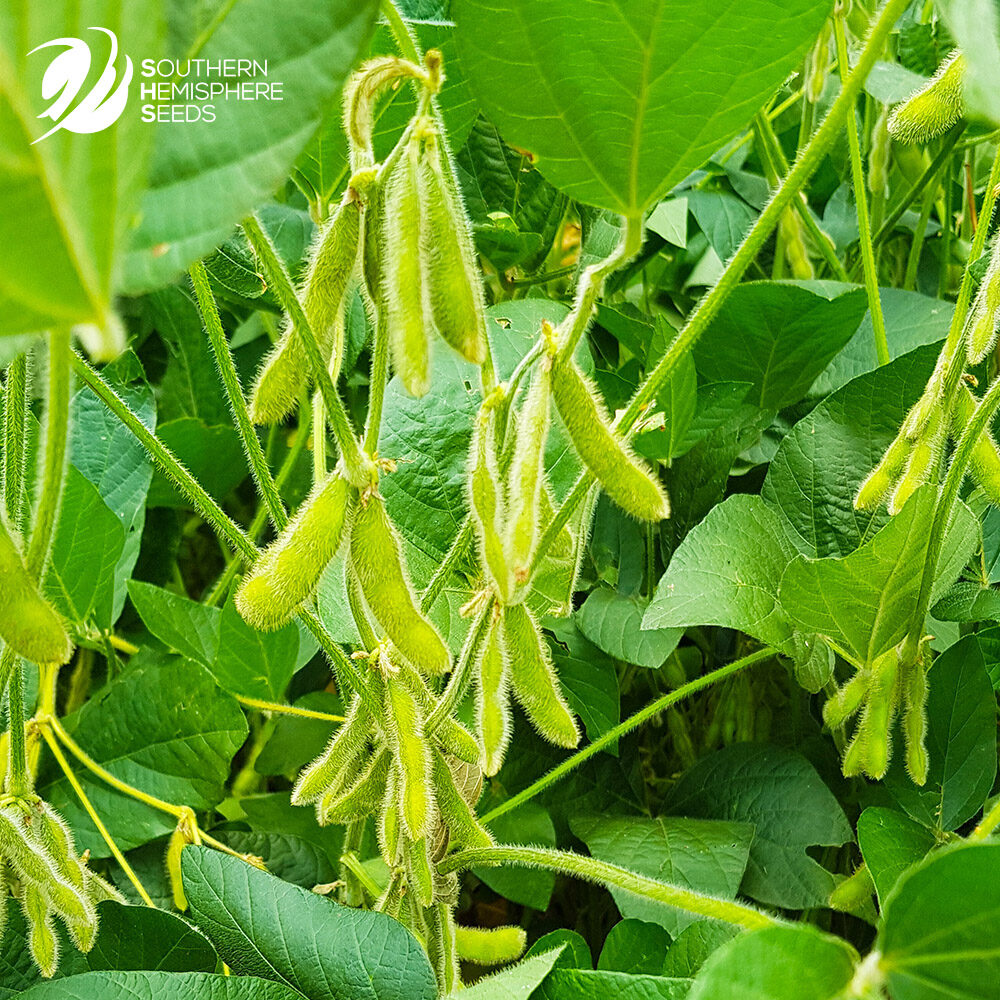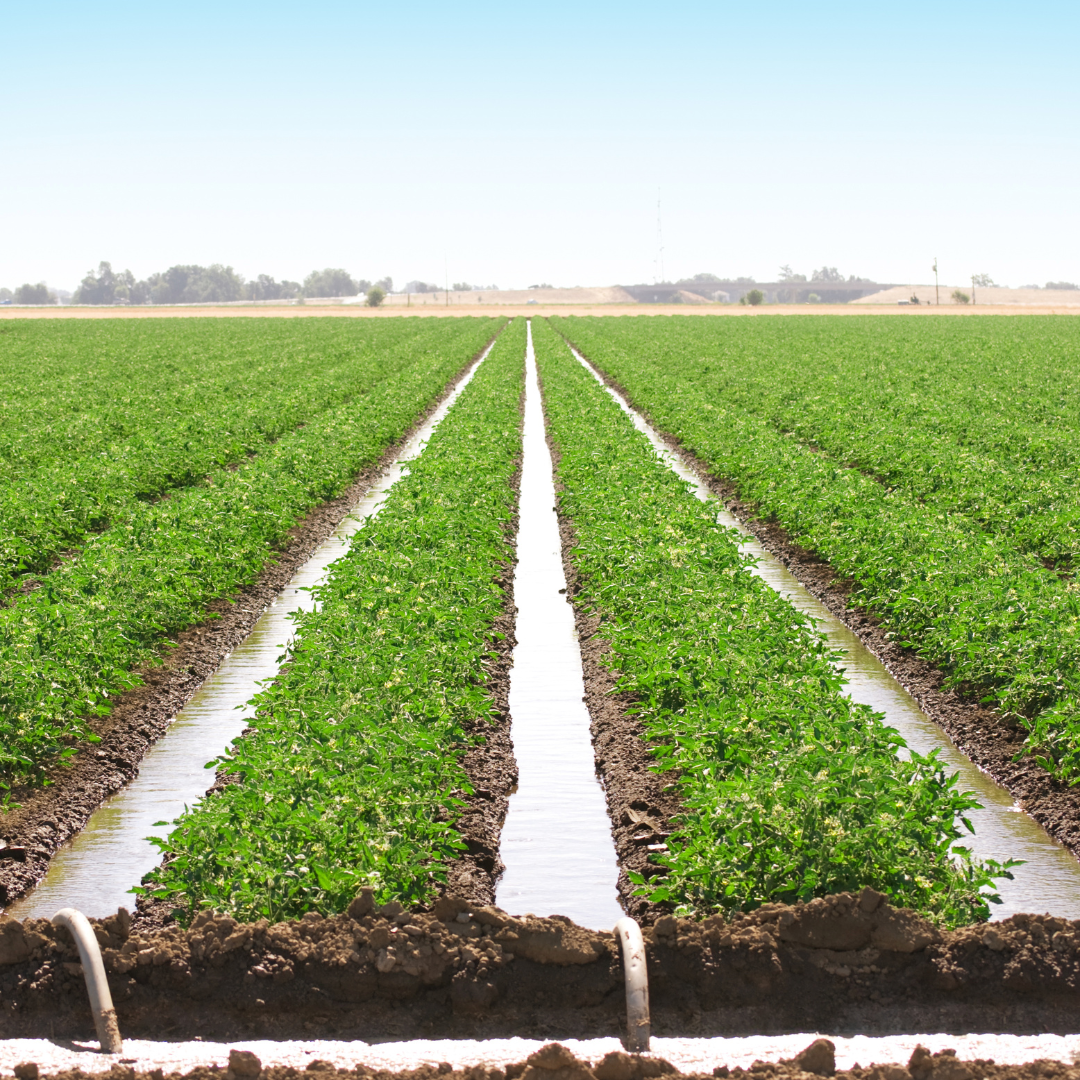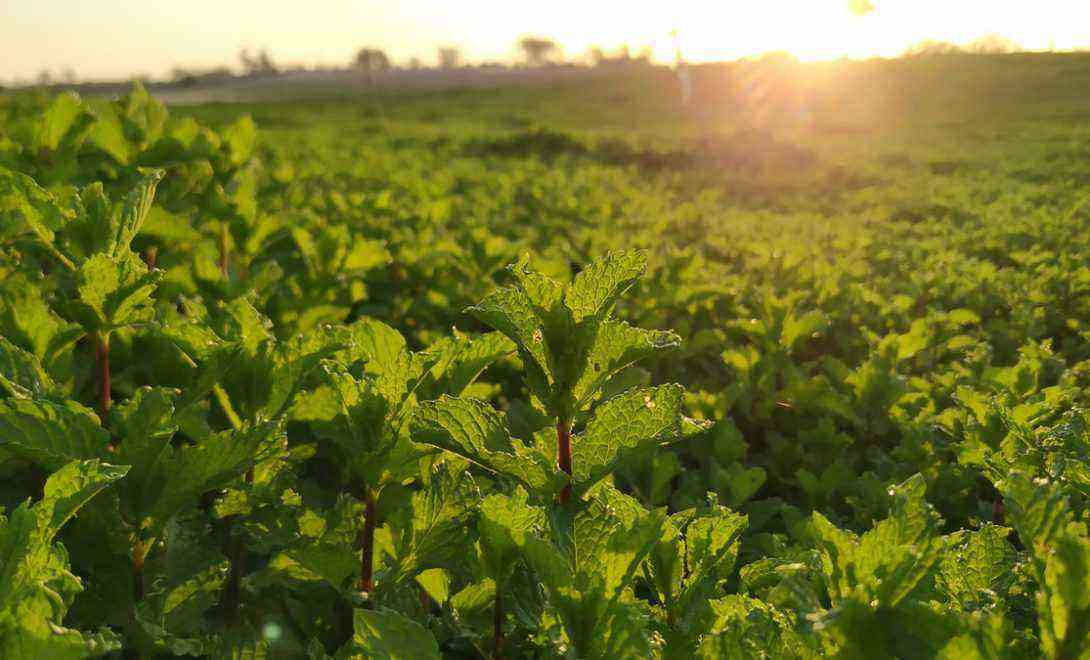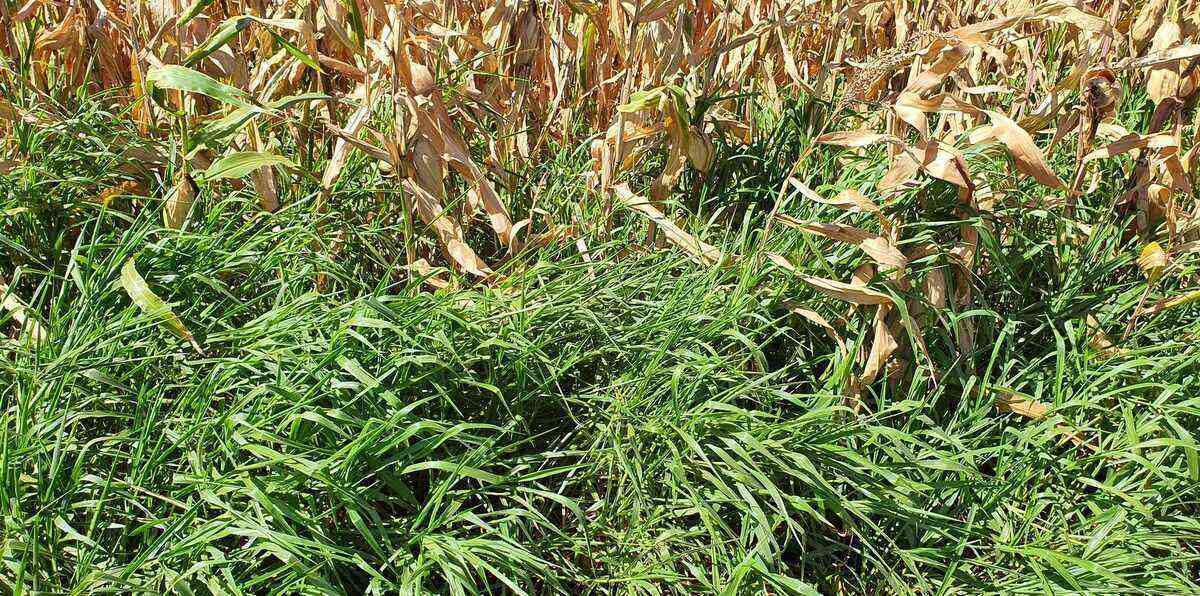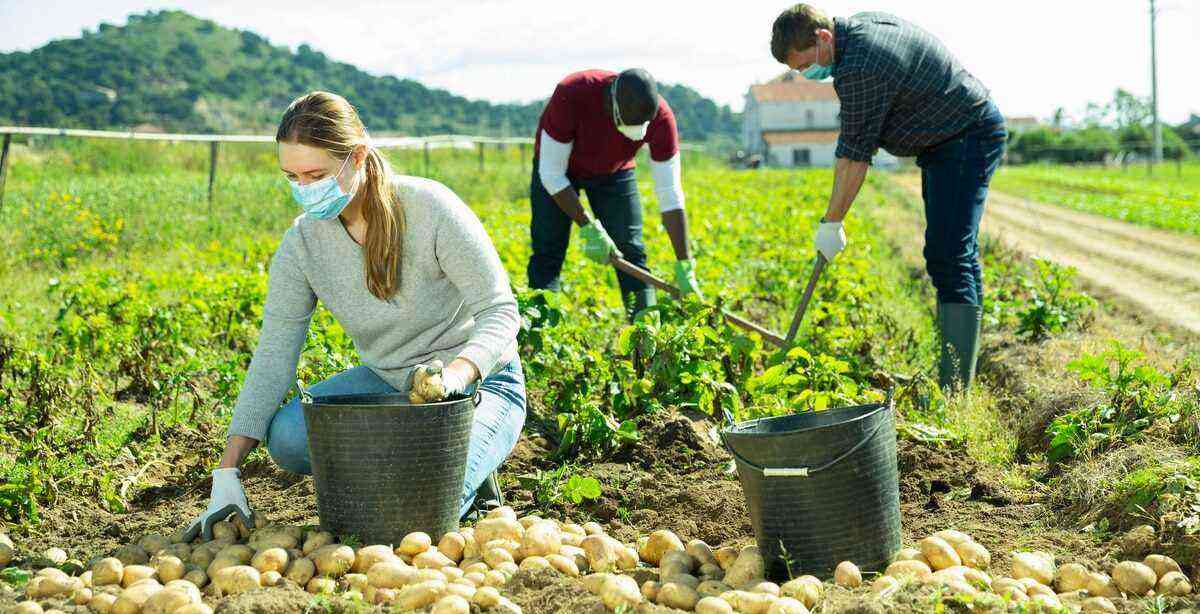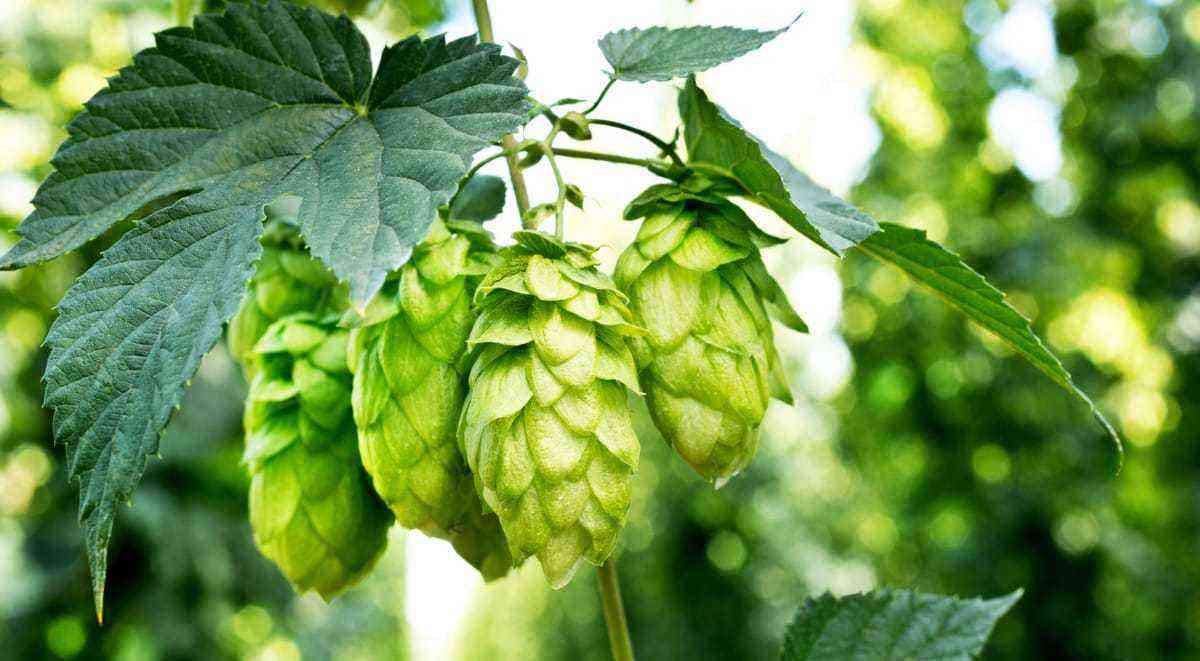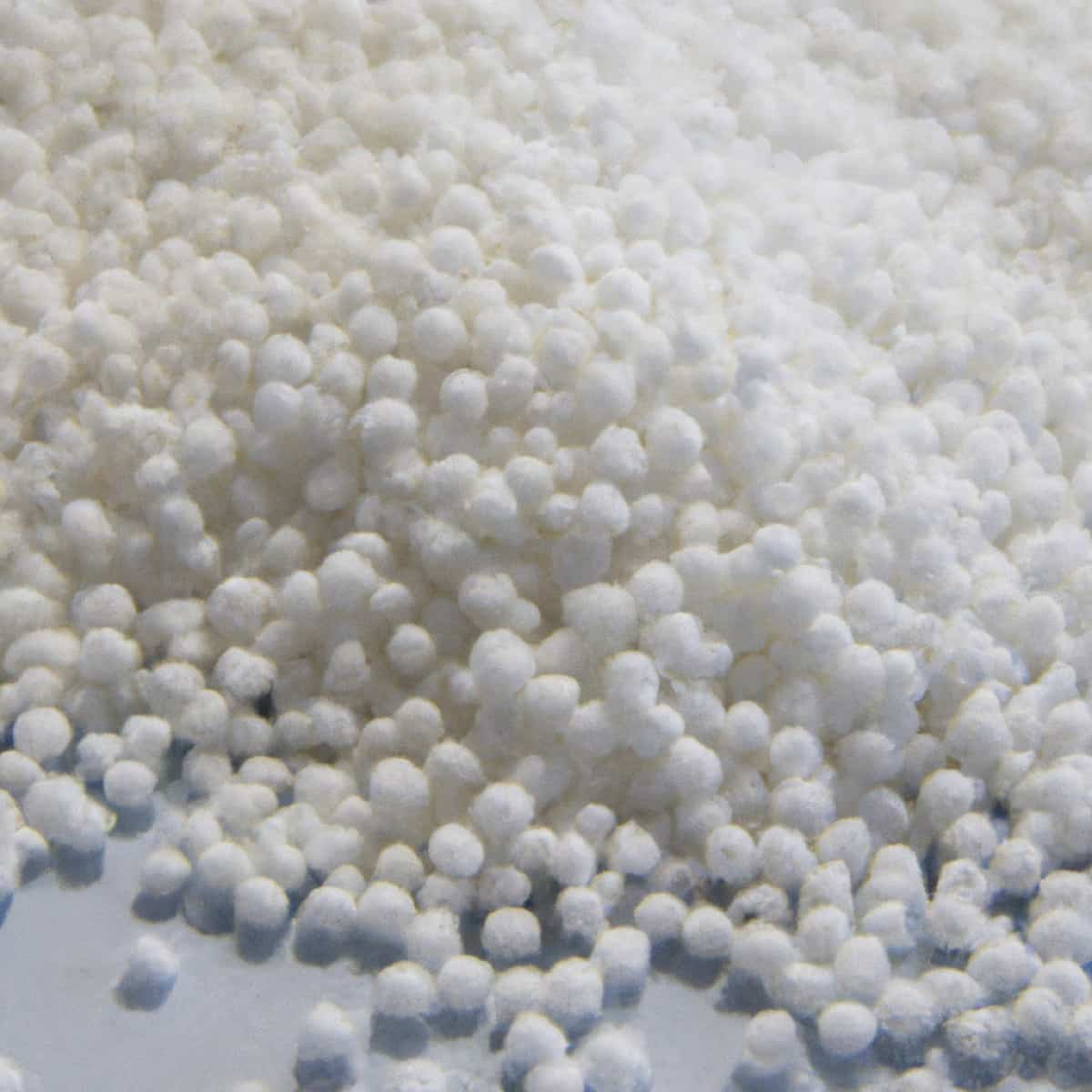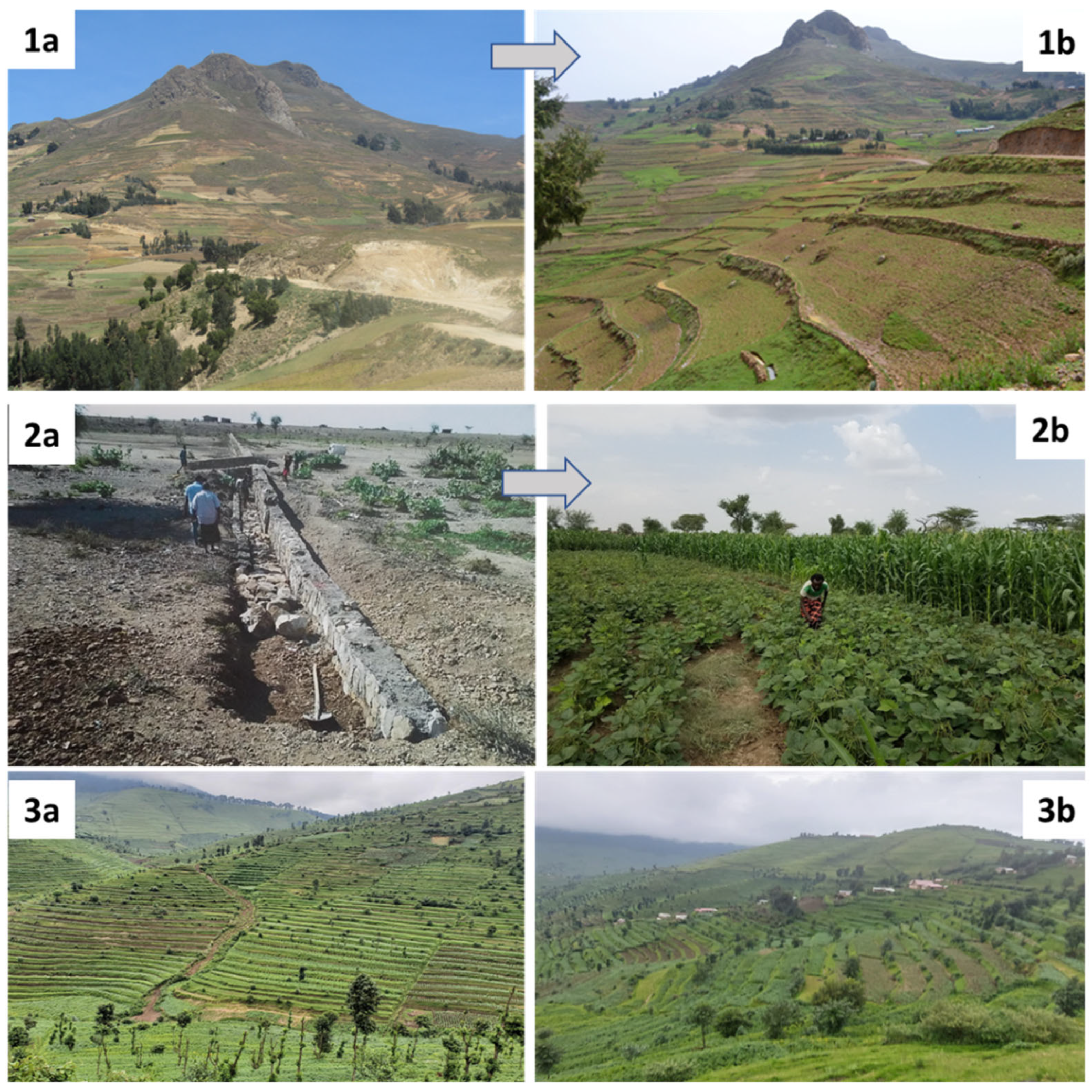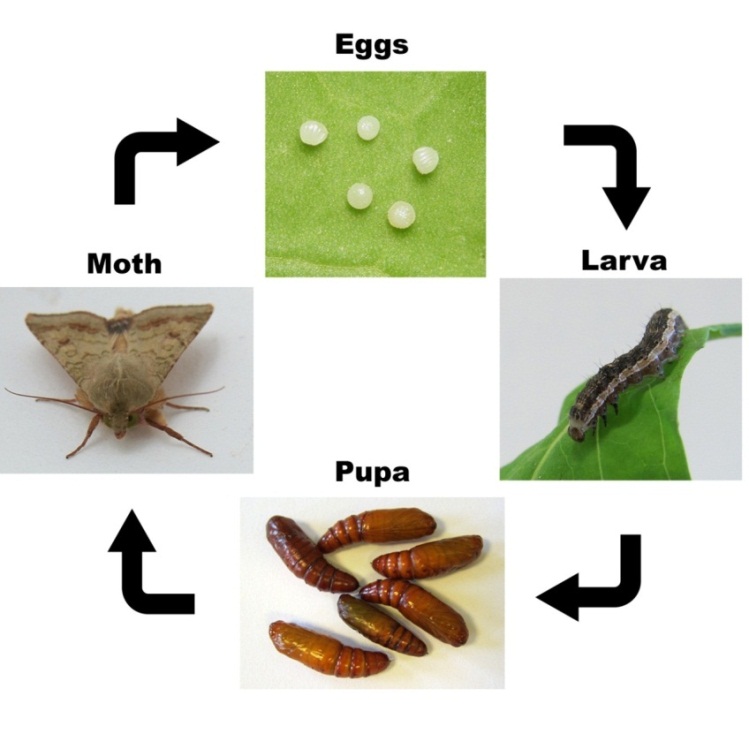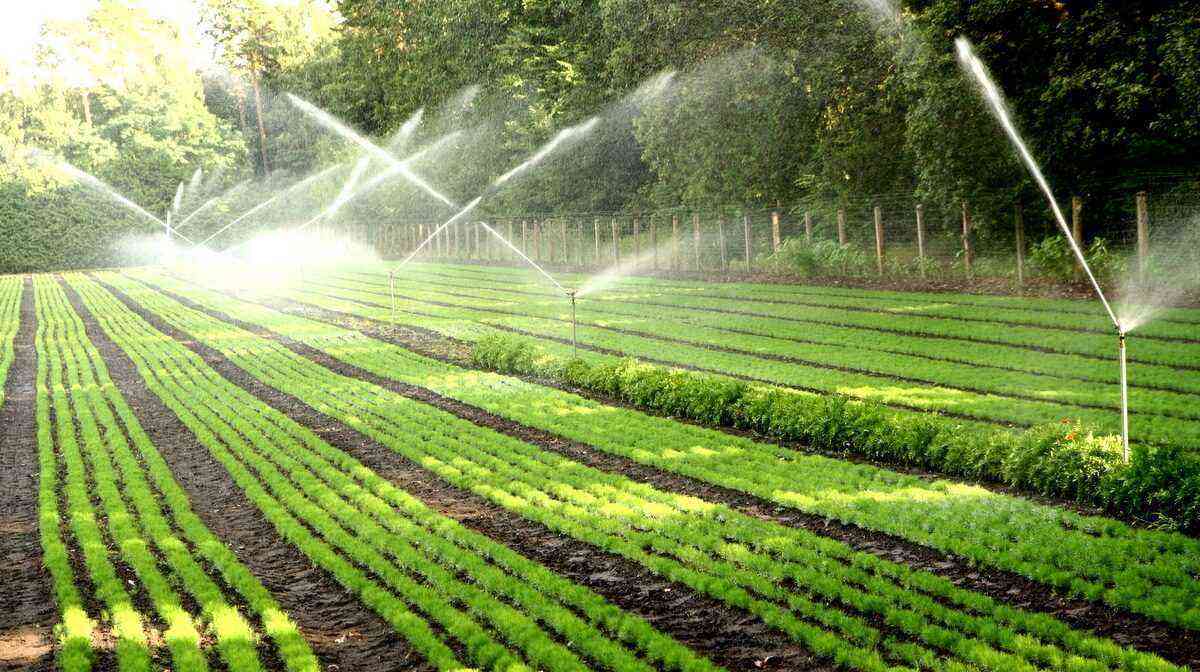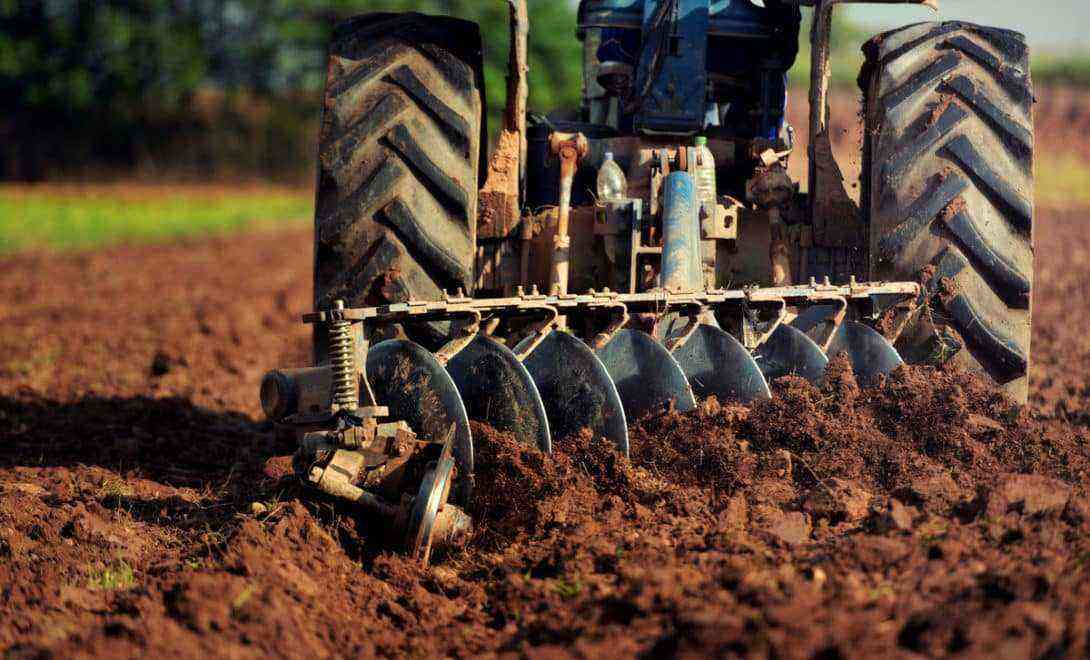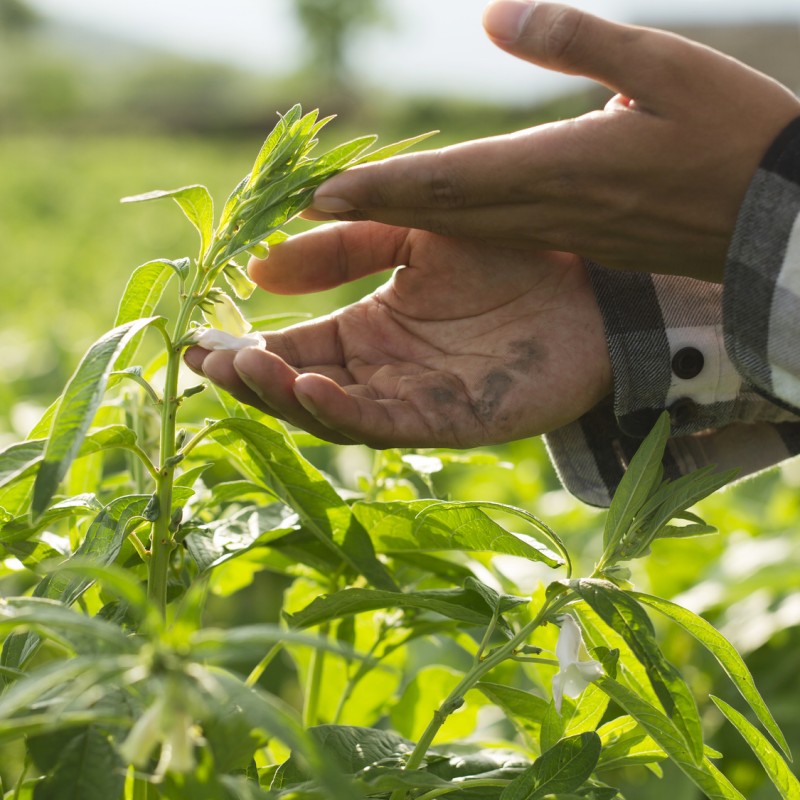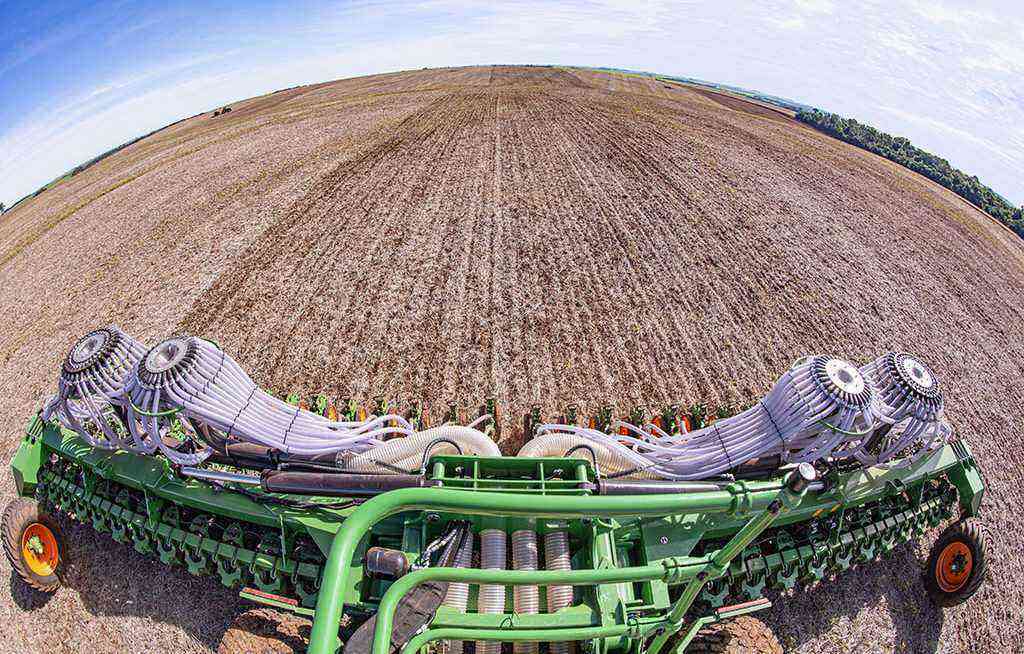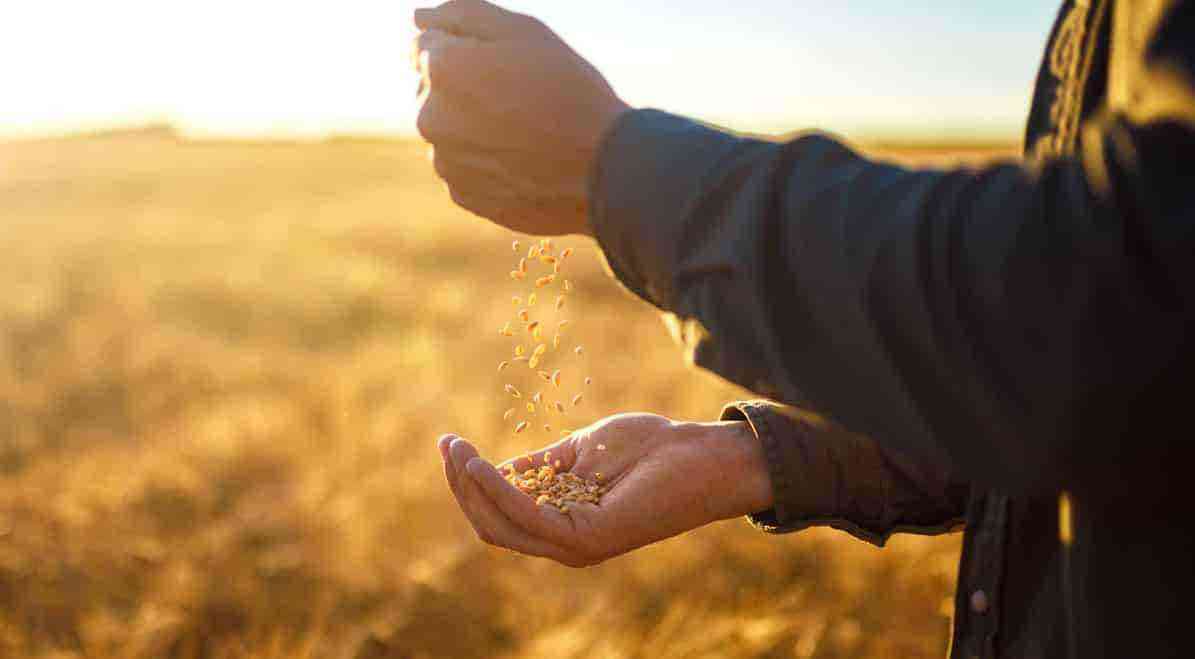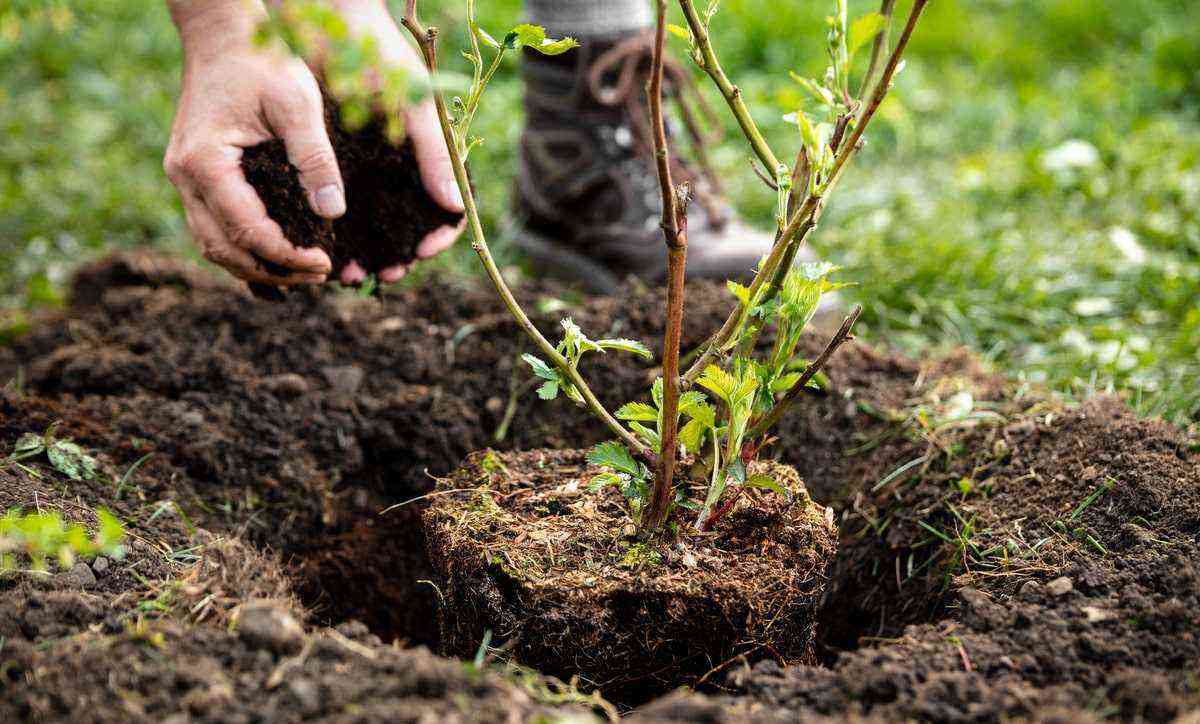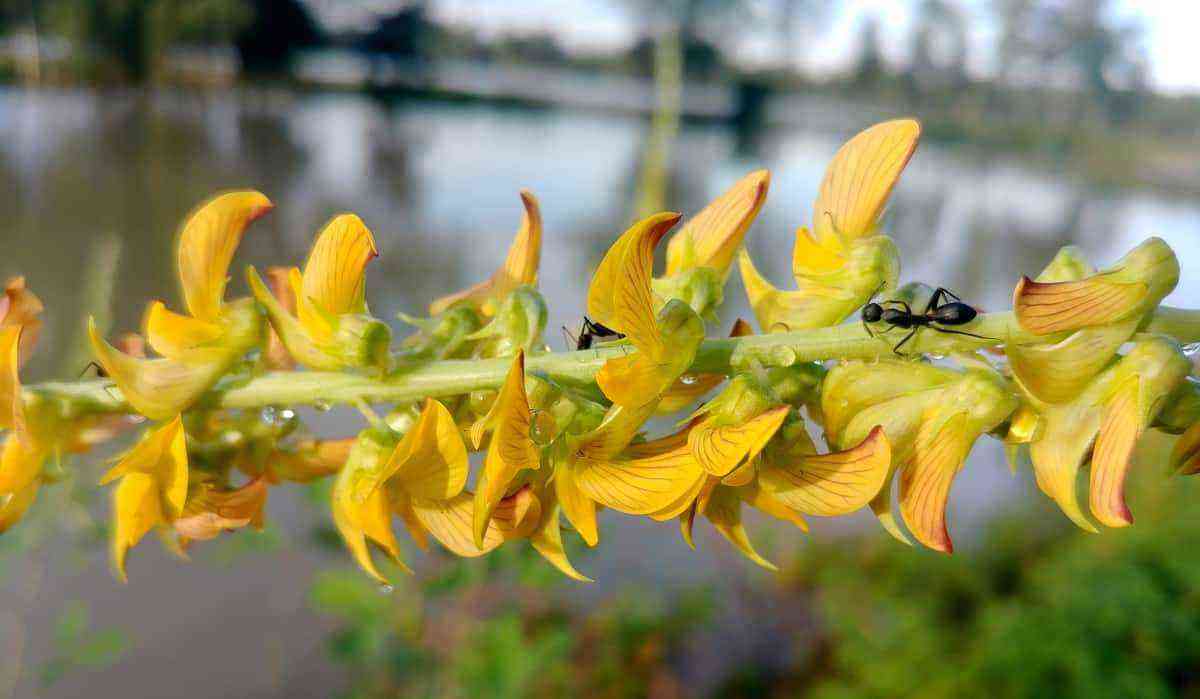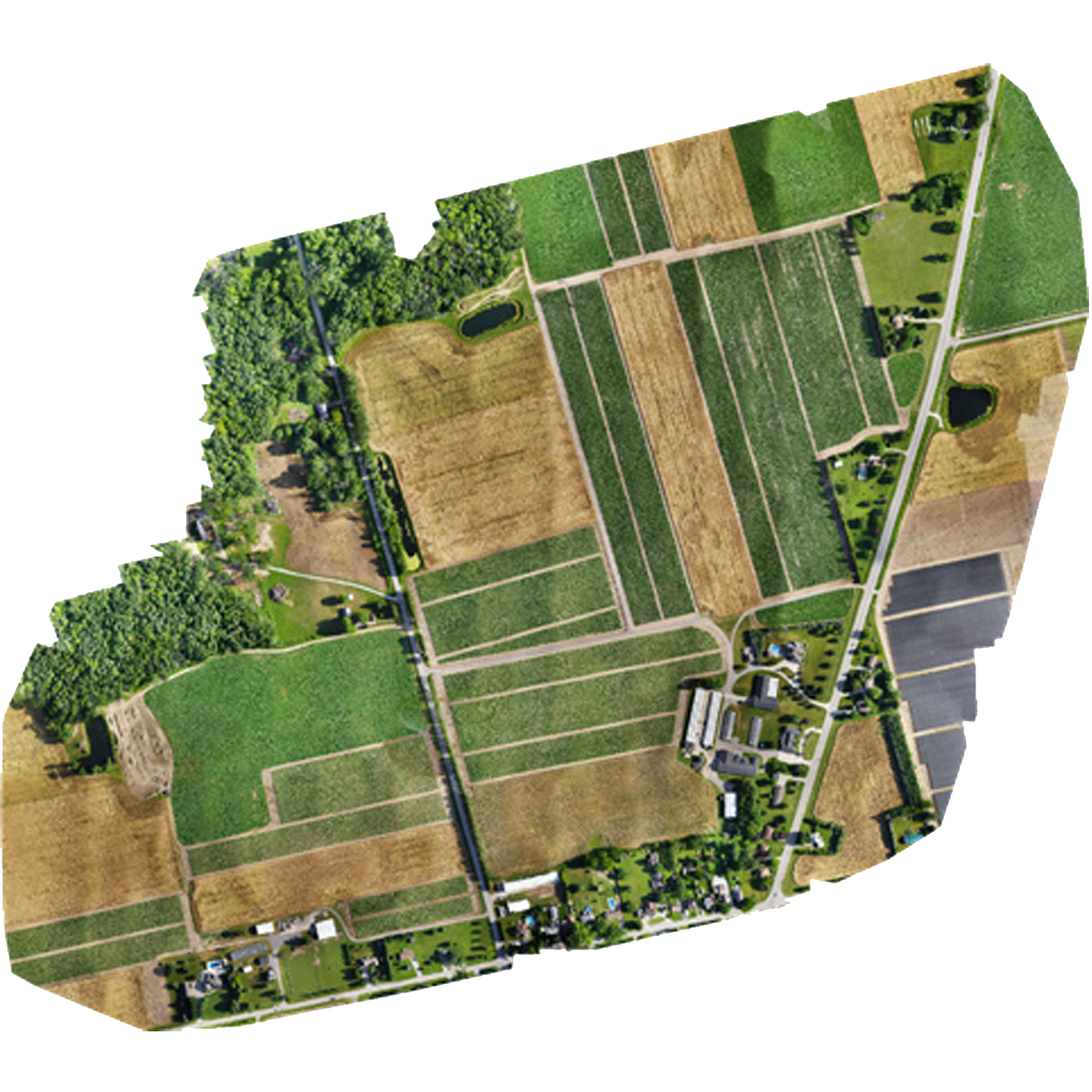Brazilian rural producers now rely on a new technology to increase crop productivity. In addition to chemical and physical analyses, from now on it is also possible to carry out biological analysis alone.
In previous articles, we showed that, due to this soil poor in nutrients, the farmer needs to use techniques to boost production even before depositing the seed, such as liming and plastering.
But, without a more detailed analysis of this soil, it is not possible to define with certainty which nutrients are lacking and the amount of products for their replacement. Therefore, with this technological advance, carried out by Embrapa, it will be a great benefit. Good reading!
Brazilian soil conditions
The Brazilian territory is characterized by a great diversity of soil types, with different shapes and types of relief, climate, source material and vegetation. In terms of agricultural activity, the vast majority of areas intended for planting in Brazil are acidic and poor in nutrients for the growth of the main crops.
Thus, the natural fertility of soils is low and there are not enough nutrient reserves to sustain optimal productivity of these crops. Faced with this situation, rural producers have to resort to the application of inputs, such as fertilizers and correctives, to eliminate the chemical limitations of the soil and meet the nutritional requirements of the crops.

After 20 years of studies, see the comparison between the two photos: on the left, soil with compromised health, producing 29 bags/ha. On the right, a healthy soil that produced 59 bags/ha. Photos: MT Foundation.
According to studies carried out by Embrapa, although Brazil has reached record grain yields, many crops, especially those that constitute basic food products (corn, beans, wheat, rice and cassava) still have average yields far below the called the point of maximum economic return.
Other techniques are also adopted to avoid this impoverishment of the soil, such as the “crop rotation”, which is nothing more than alternating the planting of different crops in the same area, from one harvest to another. In crop rotation, farmers plant a legume such as soybeans, for example, and the following year, after harvesting, they plant another crop such as corn or cotton in its place.
Technical analysis of soils
To find out which nutrients are lacking in the soil and the correct amount of fertilizers and correctives, rural producers resort to chemical and physical analysis, performed by laboratories. With it, it is possible to make more correct decisions regarding management techniques.

With the technical analyses, the producer has information about the soil conditions for the next plantations.
Through the analyses, it is possible to know the nutritional status and the degree of fertility in which a certain area is found, helping in the planning of the implantation and maintenance of agricultural cultures, recommending the correction with limestone or fertilization. And, finally, it is directly related to the economy, as it avoids exorbitant expenses, which are often unnecessary, helping to maintain good soil productivity over the years.
In this way, soil analysis is intended to contribute to:
- Indication of the nutrient levels present in the soil, enabling the development of a more efficient liming and fertilization program;
- Provide regular monitoring and evaluation of changes in nutrients in the soil, making it possible, consequently, to increase the intensity of cultivation in a sustainable way.
Biological analysis alone
From now on, in addition to chemical and physical analyses, rural producers and agricultural consultants will have technical information on the biological functioning of the soil that, until then, went unnoticed in fertility analyses, but which can impact the economic performance of crops. and the sustainability of agroecosystems.
Biological analysis, called BioAS, was developed by Embrapa. It was the missing piece for a better understanding of the productive potential of this natural resource, since biology is the basis of soil health.
 Biological analysis provides a more complete diagnosis and can detect differences between soils not perceived in conventional analysis. Art: Fabiano Bastos.
Biological analysis provides a more complete diagnosis and can detect differences between soils not perceived in conventional analysis. Art: Fabiano Bastos.
Biological analysis consists of evaluating two enzymes (beta-glucosidase e arilsulfatase) that are related to the productive potential and sustainability of land use. They are associated, respectively, with the carbon and sulfur cycles and function as bioindicators of soil health.
High amounts of these bioindicators indicate adequate and sustainable production systems or soil management practices. On the other hand, low values serve as a warning for the farmer to reassess the production system and adopt good management practices.
Check out more information:
- Biological analysis provides a more complete diagnosis and can detect differences between soils not perceived in conventional analysis.
- Compared to a “blood test” of the soil, BioAS involves the analysis of two enzymes allowing to anticipate asymptomatic soil health problems.
- BioAS inaugurates a more comprehensive form of soil assessment, going beyond questions of nutrient deficiency or excess.
- It can be used as an agro-environmental indicator to assess the sustainability of agricultural production systems.
- Capable of placing Brazilian agro at the forefront in soil quality and health measurements.
No video Below, see how biological analysis works, the newest ally of producers to assess the health of soils:
Source: Embrapa.
Therefore, the farmer counts on biological analysis, a technological advance to help increase productivity. Also check out our article on soil preparation techniques for efficient planting.
Find ads for assorted fertilizers across Brazil from advertiser offers on our site.
